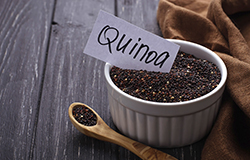Our Country: Bolivia
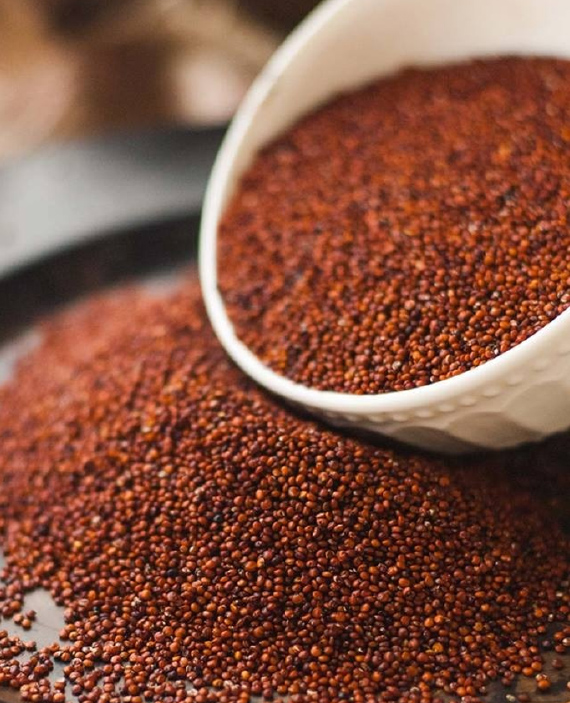
Andean country located in the heart of South America, with a territorial extension of 1,098,581 km2. It limits to the north with Brazil, to the south with Argentina, to the west with Peru and Chile and to the east with Brazil and Paraguay.
Bolivia
Bolivia, with a population of 11.501.900 people, has inherited the miscegenation traditions of pre-Columbian cultures with the Spanish
Is a multiethnic and multicultural country, rich in the mixture and syncretism of customs and traditions received from the indigenous peoples and the Spanish conquerors.
Bolivia

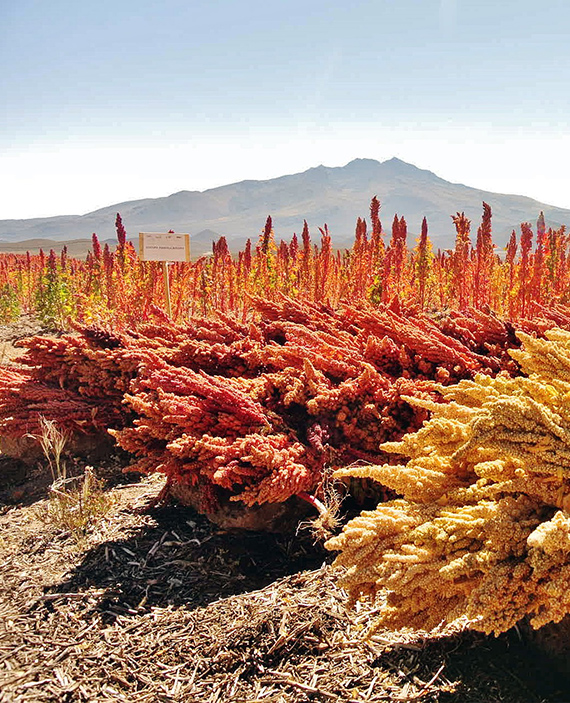
There are eight main economic activities in the country, these are: agriculture, livestock, hydrocarbons, manufacturing, mining, construction, transportation and telecommunications.
The main industries are textile, handicraft, food and food production. The main export products include natural gas, soy and oil.
Bolivia has been growing at an annual average of 5% for more than a decade, which is much higher than that of the United States and the rest of the South American countries.
Bolivia
Bolivia is a country of impossible contrasts and a natural and cultural wealth difficult to find elsewhere.
It offers a journey through an ancient culture, with an archaeological heritage that encompasses different periods and styles and all surrounded by an impressive nature.
This country will open your eyes to so much beauty and diversity – in landscapes, in people, in culture. It will however also make you question much of what you previously knew of this part of the world.
Bolivia
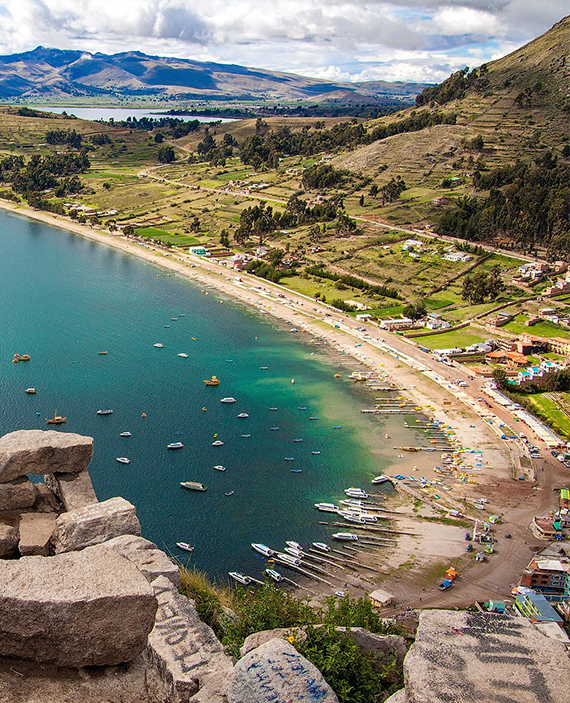
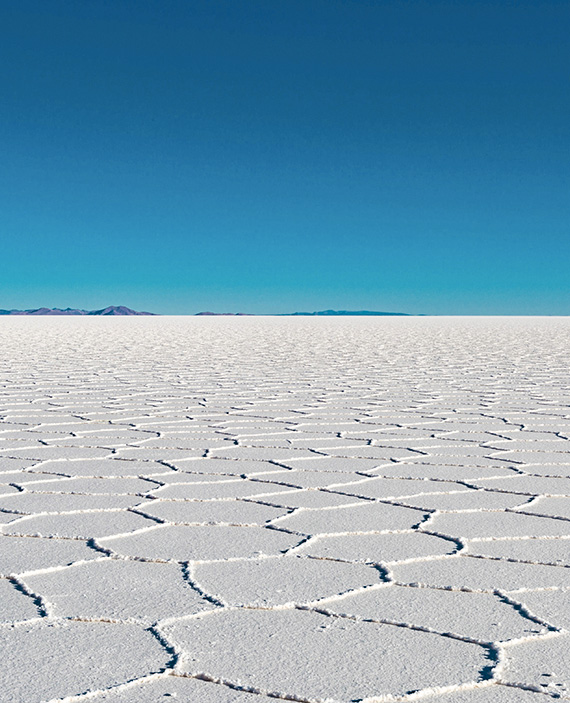
In the department of Potosí, in southern Bolivia, it extends into a semi-desert and volcanic region. It is the largest in the world having an area of 12 thousand square kilometers, with a thickness that reaches 10 meters.
A surreal landscape composed of mounds of salt, areas where the mineral forms perfect octagons and water mirrors that project inverted reality.
Royal Quinoa is grown in areas with extreme climactic, geographical and ecological features. It only grows around the Uyuni salt flats (the largest stretch of salt desert on the planet) and the Coipasa salt flats, at an altitude of 3600 m. and exposed to dry, cold weather.
Bolivia
It is inside the Eduardo Avaroa National Reserve. The water is reddish and varies in intensity depending on the time of day.
It is a nesting place for three species of flamingos, having the highest concentration (up to 30 thousand flamingos) between November and January, although they begin to arrive in September.
Bolivia
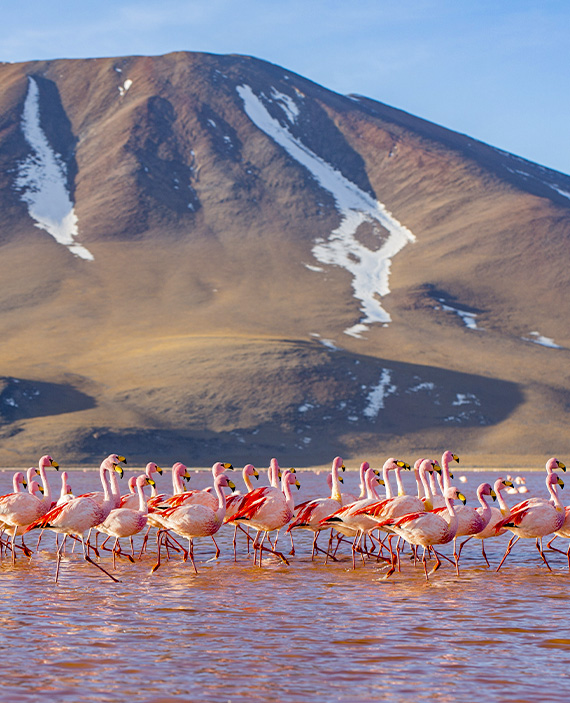
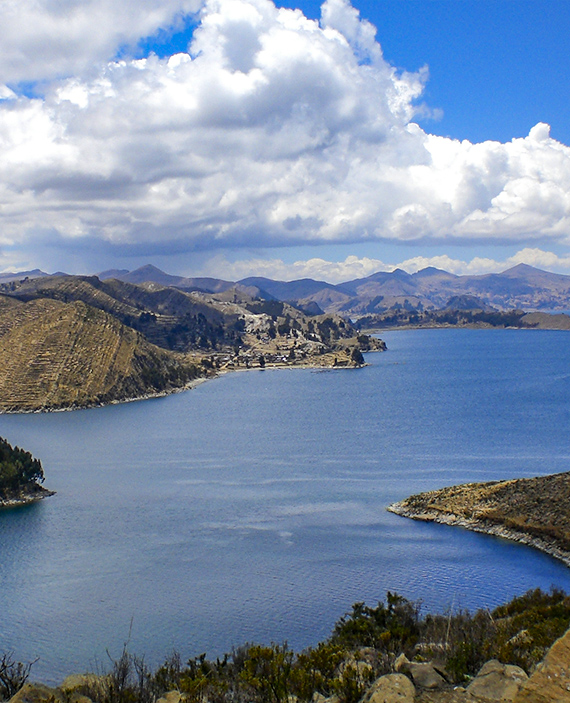
Lake Titicaca is the highest navigable lake in the world located 3810 meters above sea level, with an area of 8,100 square kilometers and shared with Perú.
Copacabana is the door to Lake Titikaka in Bolivia, and its a good starting point to explore the island of the Sun and the island of the Moon, which have sacred Inca archaeological sites.

